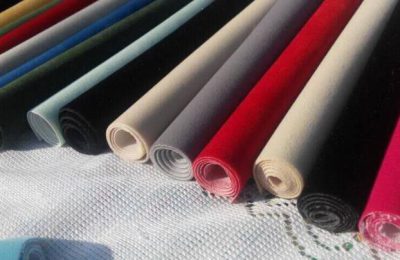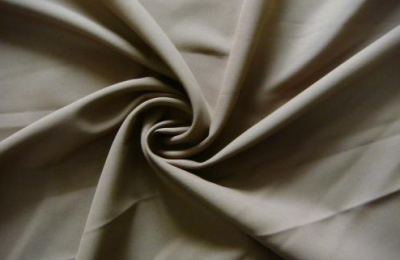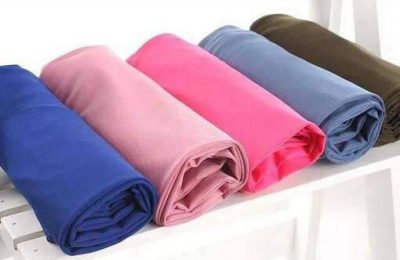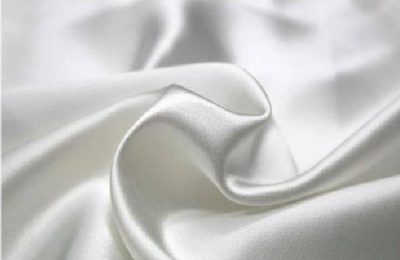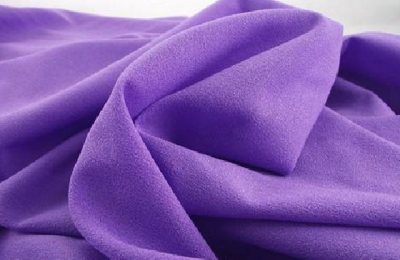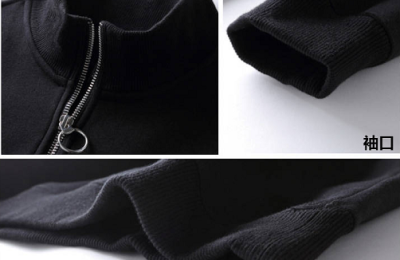Non-woven fabrics are also called non-woven fabrics. Non-woven fabrics can be divided into various types according to different production processes and raw materials. PP spunbond non-woven fabric is one of them.
PP spunbond non-woven fabrics Among the many manufacturing methods of non-woven fabrics, due to the obvious advantages in product performance and production efficiency made by the spunbond method, it has gained worldwide attention in the past 20 years. Rapid development.
About 40% to 50% of non-woven fabric production currently uses melt spinning methods (including spunbonding methods, melt-blown methods and composite methods of the two).
The important reason for the rapid development of the spunbond method is that it uses synthetic polymers as raw materials. This method uses the principle of chemical fiber spinning. During the polymer spinning process, continuous filaments are formed into a web after spinning and then directly bonded. The manufacturing method of non-woven fabrics is very simple and fast. Compared with dry non-woven fabric processing technology, it eliminates a series of tedious intermediate processes such as fiber curling, cutting, packaging, transportation, mixing, and carding. This kind of The most significant effect of continuous and mass production is that the spunbond products have lower costs, stable quality, and strong market competitiveness. They can enter the market of textiles, paper, and films with various uses of disposable and durability. middle.
</p



